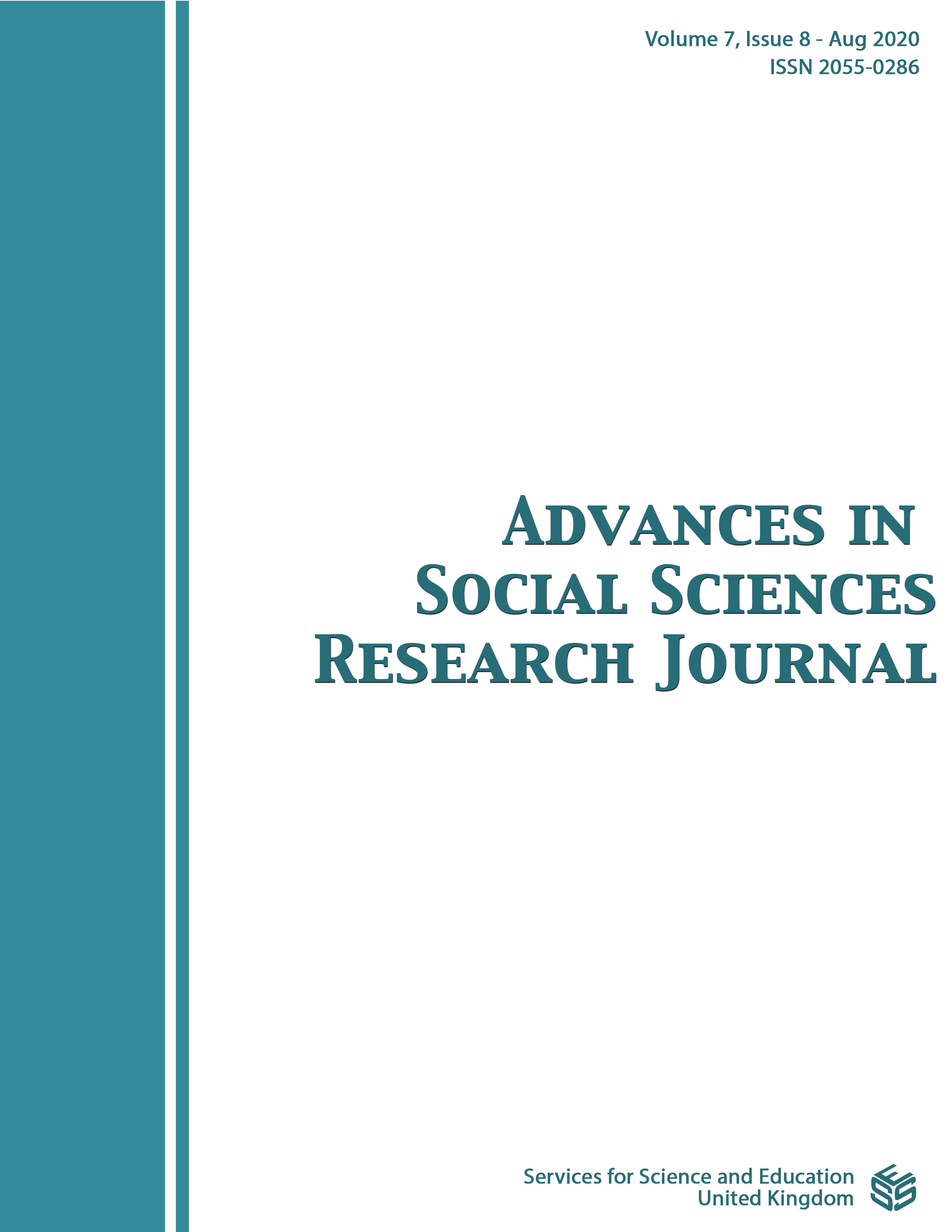The perception of the information received from the doctor. A study on 103 onco-hematological patients with metastatic disease.
DOI:
https://doi.org/10.14738/assrj.78.8568Keywords:
cancer, doctor-patient communication, EORTC QLQ-INFO25, unmet needs.Abstract
The aim of the study was to evaluate the perception that onco-hematological patients with metastatic disease have regarding the information received on their disease and treatment. Method. EORTC QLQ-INFO25 was administered anonymously to 103 patients.
Results. 69% of patients were satisfied and 76% rate the information received very useful. More than half of the sample is not satisfied with the information on the effects of therapy on social and family life (53%), the effects of therapy on sexual activity (73%), the possibility of receiving extra-hospital care (78%), the rehabilitation services (81%), how to manage the disease at home (56%), the professional psychological support (69%). Overall, 46% would have preferred to receive more information, and 2% less. Discussion. The responses show that the greatest satisfaction is for the areas of purely medical relevance (information on the disease, information on medical investigations and information on the therapy carried out). Information by the doctor becomes deficient, from the patient's point of view, for those thematic areas that doctors did not consider to be their competence. Conclusion. Our data shows the lack of exchange between doctor and patient, in both directions and highlighted the need for training doctors on communication skills on psycho-social issues and quality of life concerns.
Downloads
Published
How to Cite
Issue
Section
License
Authors wishing to include figures, tables, or text passages that have already been published elsewhere are required to obtain permission from the copyright owner(s) for both the print and online format and to include evidence that such permission has been granted when submitting their papers. Any material received without such evidence will be assumed to originate from the authors.






